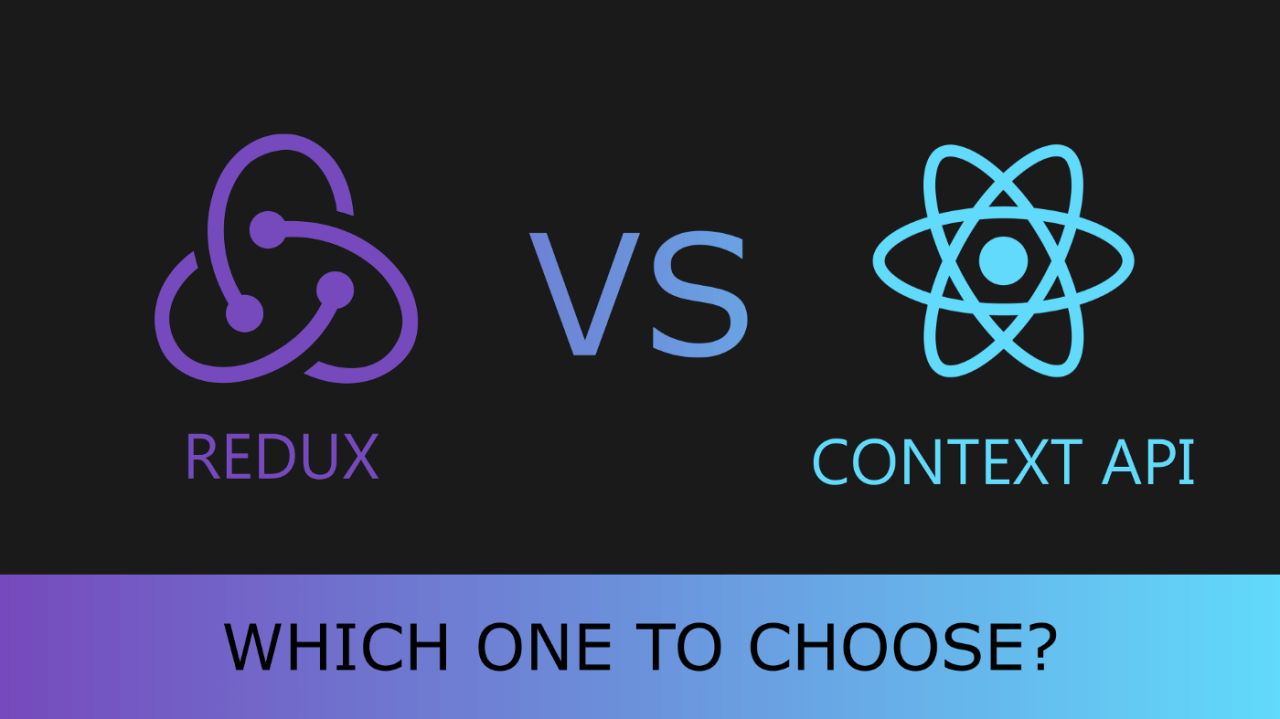
Understanding State Management in React
Nitin Rachabathuni
Seeking freelance, C2H, C2C opportunities | React.js, Next.js, Vue.js, Angular, Node.js, Java, Gen AI, Express.js, commercetools compose, Algolia, Merchant Center, Frontastic Cloud, Azure, AWS, FullStack | +91-9642222836
State management is essential for keeping track of how data changes over time and how that data is rendered to the user interface. Without proper state management, large applications can become difficult to maintain. That's where tools like Context API and Redux come into play.
What is the Context API?
The Context API is a React structure that enables you to exchange unique details and assists in solving prop-drilling from all levels of your application. It's built into React and simplifies the process of passing data through the component tree.
Example of Context API:
Let's create a simple theme toggler using Context API:
import React, { createContext, useContext, useState } from 'react';
const ThemeContext = createContext();
function ThemeProvider({ children }) {
const [theme, setTheme] = useState('light');
const toggleTheme = () => {
setTheme(theme === 'light' ? 'dark' : 'light');
};
return (
<ThemeContext.Provider value={{ theme, toggleTheme }}>
{children}
</ThemeContext.Provider>
);
}
function ThemeButton() {
const { theme, toggleTheme } = useContext(ThemeContext);
return (
<button onClick={toggleTheme}>
Switch to {theme === 'light' ? 'dark' : 'light'} mode
</button>
);
}
export default function App() {
return (
<ThemeProvider>
<div>
<ThemeButton />
</div>
</ThemeProvider>
);
}
What is Redux?
Redux is a predictable state container for JavaScript apps, not specific to React. It helps you write applications that behave consistently and are easy to test. It also provides a great developer experience, thanks to tools like time-travel debugging.
Example of Redux:
To implement Redux, we typically combine reducers, create a store, and dispatch actions. Here's a simple counter example:
领英推荐
import { createStore } from 'redux';
// Action Types
const INCREMENT = 'INCREMENT';
const DECREMENT = 'DECREMENT';
// Reducer
function counterReducer(state = { count: 0 }, action) {
switch (action.type) {
case INCREMENT:
return { count: state.count + 1 };
case DECREMENT:
return { count: state.count - 1 };
default:
return state;
}
}
// Store
const store = createStore(counterReducer);
// Action Creators
function increment() {
return { type: INCREMENT };
}
function decrement() {
return { type: DECREMENT };
}
// Dispatch Actions
store.dispatch(increment());
store.dispatch(decrement());
// Subscribe to Changes
store.subscribe(() => console.log(store.getState()));
Choosing Between Context API and Redux
In conclusion, both the Context API and Redux offer unique advantages for state management in React applications. Your choice between the two should depend on the complexity and requirements of your project. By understanding the strengths and typical use cases of each, you can better decide which tool fits your development needs.
Thank you for reading my article! For more updates and useful information, feel free to connect with me on LinkedIn and follow me on Twitter. I look forward to engaging with more like-minded professionals and sharing valuable insights.